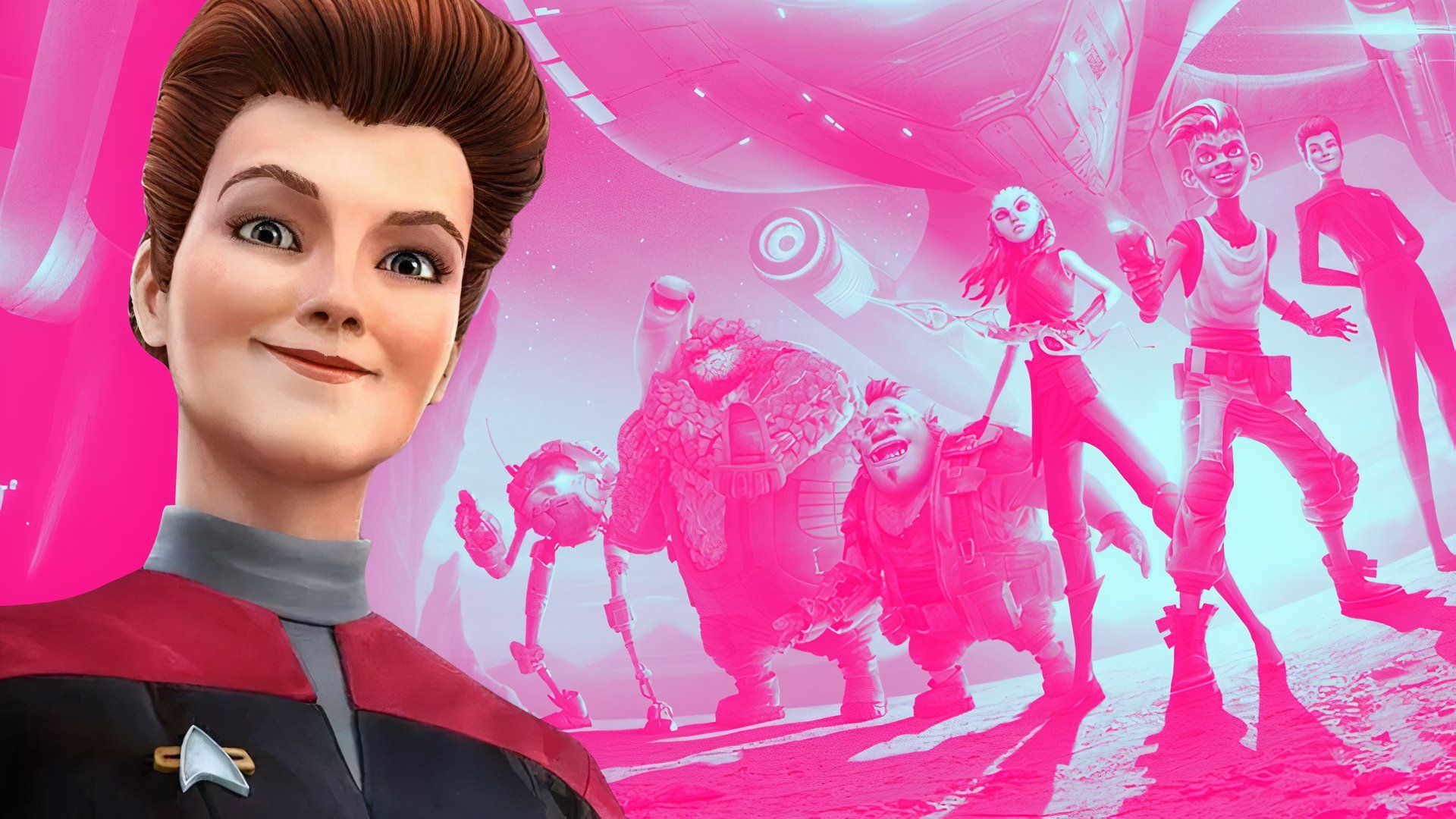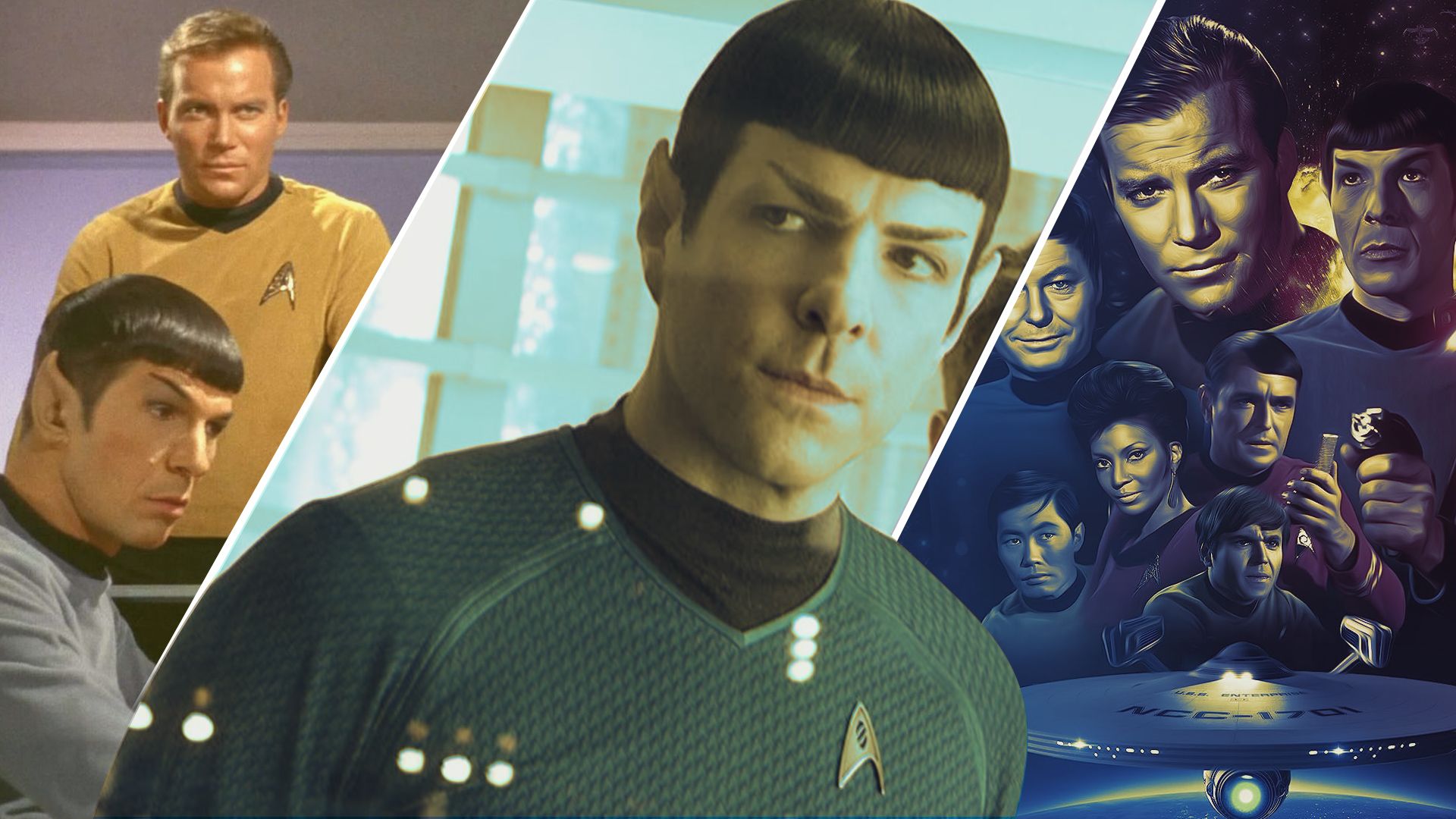Star Trek One of the most popular and ubiquitous brands around. The brand boasts 12 TV series and 13 feature films, with even more projects on the horizon. All of its roots can be traced back to Star Trek: The Original Serieswhich ran for three seasons from 1966 to 1969. Despite its cancellation, the series continued and gained an enthusiastic and loyal following that was delighted by the adventures of the American warship. project.Original characters Star Trek The series are iconic. Captain Kirk, Spock, Uhura, Leonard “Bones” McCoy, Sulu, Scotty are all familiar names even to someone who has never watched them. Star Trek Vaguely known.
However, one of the franchise's most enduring characters, Pavel Chekov, was a late addition to the cast. Joining the series' second season, Chekov became an important part of the cast and a role model for later characters added to the show that really helped it grow, such as Spike in Buffy the Vampire SlayerFrank Reynolds on It's Always Sunny in PhiladelphiaOr Leon on Curb your enthusiasmWhile Chevok may not seem like a big deal now, at the time, his inclusion in Star Trek It was a significant step forward on television because it was a positive Russian character during the Cold War.
Why was Chekhov added to Star Trek?
Pavel Chekov, played by Walter Koenig, first appeared on Star Trek in the first episode of Season 2, “Amok Time.” Chekov was born in the year 2245 and joined Starfleet, becoming the planet's navigator. projectChekhov is said to have added to Star Trek For a number of reasons. Walter Koenig said the character was added to Star Trek To capitalize on The Monkees' popularitya fictional band that starred in a TV series and became a Billboard chart-topper.
but, Star Trek Creator Gene Roddenberry always believed there was another, more important reason to add Chevok: The inclusion of a Russian hero during the Cold War was a means of achieving this. Star TrekAn optimistic ideal future where the Earth transcends regional conflicts to become a united front.The Cold War was a 44-year period of global conflict between the United States and the Soviet Union, featuring no major battles but a series of proxy wars as well as growing tensions between two global superpowers developing nuclear weapons and competing ideologies.
Millions of Americans were afraid of the threat posed by the Soviet Union, so Add a character from that region who has retained his Russian heritage duringCold War peakIt gave the audience a new perspective while also giving them hope for a future of world peace.Roddenberry reportedly wanted to add a Russian character in the second season after a Russian newspaper reported that Pravda Its editor-in-chief, Mikhail Zimyanin, called for Star Trek For the lack of a Russian character.
There is a possibility that both stories are equally true. Roddenberry likely believed that having a Russian character would help reinforce the future he envisioned. Star Trek While he also wanted to create a character that would appeal to a younger audience. Whether the intention was more commercially pessimistic or culturally progressive at the time, the fact is that what remains is the importance that Chekhov had on both Star Trek And television as a whole.
Space Race Between USA and Russia
Chekhov's first appearance on Star Trek The series aired in the United States on September 15, 1967. Chekhov was not the first Russian hero to be exposed to American audiences, as at this point The Man From U.N.C.L.E. The series ran for three seasons, and audiences were excited about the adventures of Russian spy Ilya Kuryakin (played by David McCallum). The Man From U.N.C.L.E. It was a spy series set in the 1960s, dealing with real-world threats, including other Russian agents.
Star TrekHowever, he showed the audience a future they could dream of, where humans and aliens could live in peace. If humans and aliens could coexist, without different groups of humans like the Russian Chivok or a black woman like Uhura. Star Trek It aired at the height of the civil rights movement and the Cold War.

Related to
How Star Trek: Prodigy Survived Cancellation
Paramount+ canceled Star Trek: Prodigy, but Netflix brought it back. Here's how the fan-favorite series got its new life.
Star TrekThe series' connection to the Cold War is interesting. Just four years before the show aired, the Cuban Missile Crisis had occurred. At the same time, the United States and the Soviet Union were engaged in the Space Race, trying to see which side would be able to put a man on the moon first. Star Trek It aired during the height of the space race. While the United States and the Soviet Union were in the real world racing against each other, viewers on television saw a Russian working alongside others to better the human race in the wonders of space..
Star TrekThe final episode of “Turnabout Intruder” aired on June 3, 1969, one month before the Apollo 11 mission, which finally landed humans on the moon and marked a major turning point in history. The idea of space travel had been a fantasy, but now it was a reality. If it was now a reality, why was the idea of humanity coming together in peace like in “The Last Jedi” so popular? Star Trek Is this far-fetched?
Star Trek has always been about representation.
Characters like Chekhov and Uhura are important. Star TrekNot only in the characters' roles in the story, but also in what they meant to the audience. These characters were major figures in Star Trek They were treated no differently than the other main characters, although many Americans at the time did not have kind thoughts toward Russians or people of African descent. Star TrekThese characters stand tall alongside Captain Kirk and Spock, who are considered trusted members of the crew. Not only did this help the audience see themselves represented on screen, but it may also have helped shape some fans' minds with an open mind to listen to them and see them not as labels but as people..

Related to
All Roads Lead to Discovery: A Complete Explanation of the Star Trek Timeline
Star Trek: Discovery takes place at the furthest point in the series' timeline. Here's the stellar history of each major installment in the series.
This tradition in Star Trek It continues to this day.With anti-trans agendas and legislation on the rise in both the US and UK, it is important Star Trek To introduce non-binary characters like Adira or trans characters like Gray on Star Trek: Discovery To show that The future that Star Trek I promised everyone was welcome.. while Star Trek Mistakes can still be made, such as seemingly mixing race and culture with the latest clip from Star Trek: Strange New WorldsThe series has always been about hoping that the best of humanity will prevail.



